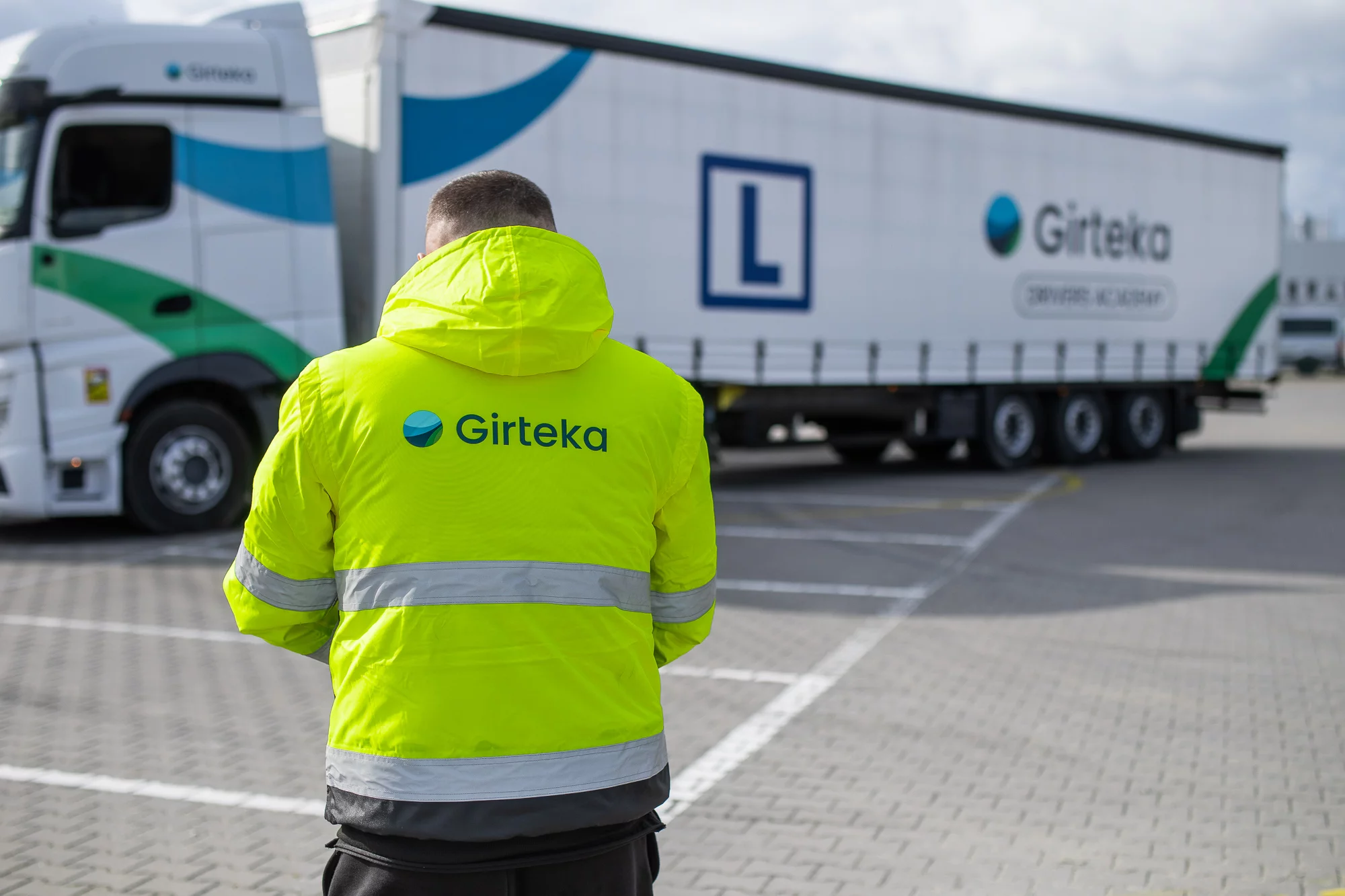-
The new facility harnesses renewable energy and sustainable solutions, achieving BREEAM ‘Excellent’ and LEED ‘Gold’ classification
DHL Supply Chain today announces the opening of a new multi-user facility in Dublin, as part of the €637 million investment into the UK & Ireland region. The site is optimised for customers in the technology, life sciences and healthcare sectors, and delivers a range of specialist services.
These sectors are growing at pace, with a strong presence in Ireland which is host to 9 of the top 10 global software companies and 20 of the top 25 pharmaceutical companies in the world. The new Dublin-based site leverages DHL’s specialist services to directly address the unique needs of businesses in these industries.
From expert compliance support to customs clearance tools to full supply chain visibility, DHL delivers the right programmes and solutions to enable seamless operations and informed decision-making at all stages. For example, life sciences and healthcare customers at the new site benefit from the guarantee of zero time out of refrigeration for relevant products, with unloading docks sealed to vehicles. This enables temperature to be fully maintained at all times, an innovative feature which sets an industry standard.
Designed with sustainability at the fore, the building is certified as BREEAM ‘Excellent’ and LEED ‘Gold’, featuring several sustainable solutions including solar panels. The fleet operating out of the Dublin facility also harnesses renewable energy with a mix of electric vehicles and biomethane trucks helping to minimise carbon emissions on the road. DHL is also delivering innovative circular solutions, enabling DHL and its customers to extend the value and lifespan of products, reducing environmental impact by returning, recovering and reusing materials wherever possible.
With over 265,000 square feet of operating space, including 60,000 square feet of mezzanine flooring and 33,000 pallet spaces, the facility is located at the Quantum Distribution Park in Kilshane. The site and its customers benefit from strong transport links, situated close to Dublin Airport, Dublin Inland Port and Dublin Port.
Patrick Corbett, Managing Director Ireland, DHL Supply Chain says, “As the technology, life sciences and healthcare sectors continue to scale rapidly in Ireland, we are delighted to be opening a cutting-edge facility that caters to their needs with our specialist services. These are sectors which need flexible and resilient operations and our innovative supply chain solutions help them to maximise growth opportunities while minimising risk. The new site has been designed with longevity in mind, building in sustainable solutions across warehousing and transport.”
Peter Burke TD, Minister for Enterprise, Tourism and Employment said: “DHL’s latest investment in Ireland marks a bold step towards the future of sustainable and high-tech logistics. By embracing innovation and sustainability, DHL is not just expanding its footprint but setting new standards for the industry. DHL’s investment in their cutting-edge Quantum facility will support our drive to build on our nation’s international competitiveness.”
Michael Lohan, CEO of IDA Ireland said: ‘’DHL’s announcement further cements Ireland’s position as a leading location for global firms in the supply chain industry. This new facility demonstrates DHL’s further commitment to embedding themselves in our vibrant business community.’’








